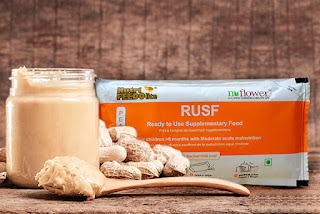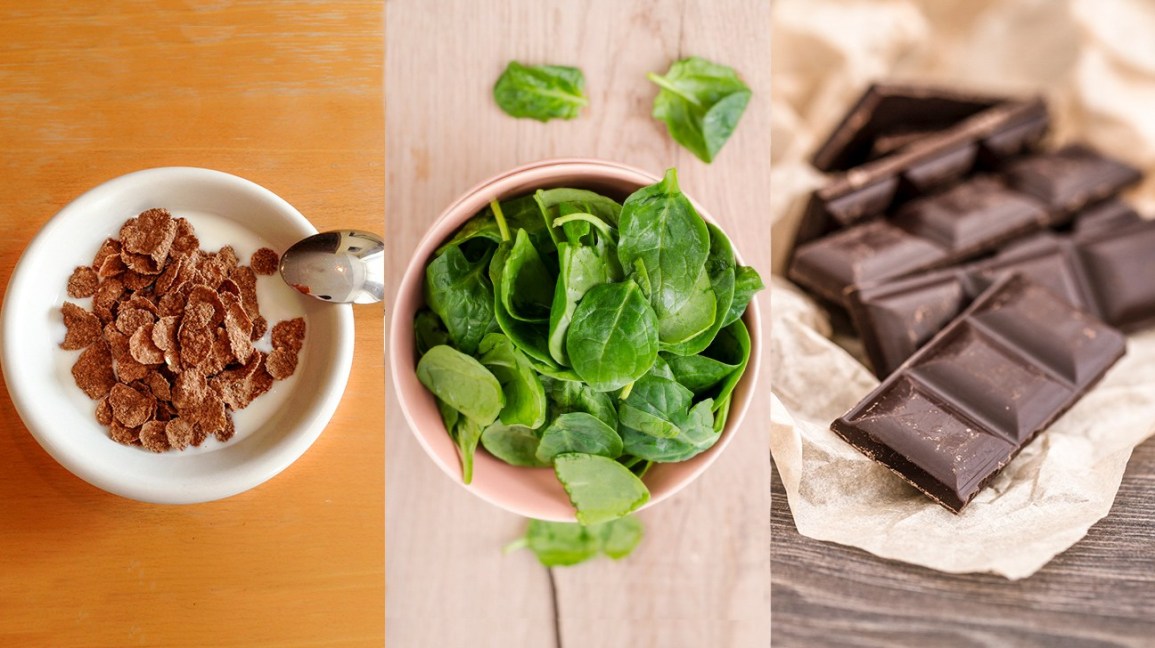How therapeutic food can be the game-changer in malnutrition treatment in the Indian scene?
That India’s
healthcare system is in dire need of a vital upgrade is a no-brainer. For
years, the institutions and stakeholders have toiled hard to formulate the
magic formula which could redress the never-ending problem of Severe Acute Malnutrition
(SAM) prevalent among Indian children. Though the existing healthcare
interventions have been in place and working in tandem with multiple
stakeholders, the jury is still out on their effectiveness to deal with SAM. The issue of micronutrient
deficiency has been prevalent and known, but not satisfactorily tended to by
the institutional healthcare system. One of the crucial reasons for widespread
U-5 malnutrition is attributed to inequitable access to balanced nutrition
sources. These then make the group vulnerable to different infections and
diseases, thus trapping them in a vicious cycle of malnutrition and
ailments[3].
Extraordinary
scenarios like these - 1 in every child in India is afflicted with severe
wasting - requires cost-effective, yet implementable solutions, which can be
scaled according to tailored requirements of each state/region[2]. A right step
in this direction is the provisioning of various therapeutic food options like
Ready-To-Use packages (RUTF). These
energy-dense formulations are often at the core of nourishing the children,
since they are fortified with critical macro- and micro-nutrients like vitamins
and minerals, in addition to proteins and carbohydrates. It ensures that the
target population achieves a rapid weight gain in a matter of 6 to 8 weeks if
an adequate provision of RUTF pastes is done and enough incentivisation is in
place[1]. These are a critical element in dealing with the impending SAM
scenario. Given the low ratio of hospital beds/population in India, it is not
only a recommended but viable alternative to attend uncomplicated SAM children
with appetite in place.
Some other reasons
usually impede early treatment regime for children, especially in hospitals.
Time expended in travel, high cost of treatment, typically as Out of Pocket
Expenditure rather than institutional medical insurance, and long treatment
duration often pushes families into indebtedness. In this scenario, the safety
net created through RUTF is something which can’t be overlooked. The commitment
to redress malnutrition in a larger community setting often comes as a blessing
in disguise for the family, who can carry on their subsistence activities,
taking care of the child in CMAM
setting. When complemented with other components like essential medicines,
in-patient treatment and other nutrition sources, RUTF has been proven to be
successful in various country settings similar to India.
Considering there is
always a threat of water contamination and bacterial infections, RUTF comes in
handy as it need not be mixed with water and can be taken without further
preparation. Since the scourge of SAM has a history of afflicting everybody
irrespective of his/her socio-economic background, the relevance and usage of
RUTF need to be seen and appreciated in a much wider context. Given that Indian
subcontinent has a variety of climatic zones, RUTF is often climate resistant
and can be kept without refrigeration for up to 4 months. This safety factor is
essential to gain wider acceptability of RUTF in the Indian context that often
becomes difficult, considering the demographics and health parameters change
from one region to another.
Since institutional
care of SAM children may not always be feasible,
especially in rural settings, home-based care is recommended by healthcare
experts the world over. RUTF being energy and protein intensive becomes an
essential ingredient during a child’s rehabilitation phase. Using RUTF, it was
found that there were fewer relapse cases, better recovery, a higher rate of
weight gain
and hence reduced
mortality rates. It is predominantly clear if the RUTF satisfies the daily
nutritional requirements of the child[1].
There have been some
genuine concerns of over-reliance on RUTF as a primary source of nutrition.
Also, provisioning RUTF on a large scale may require a dedicated funding
mechanism rather than banking on purchase by the afflicted population. Such
concerns notwithstanding, it is time therapeutic foods like RUTF are
implemented at a larger scale, taking heart from the positive, encouraging
results derived from implementation in certain Indian states. Time is ripe for
taking this exercise to the next level, to garner the “low-hanging” fruits, and
handle malnutrition effectively.
References
- https://www.cochranelibrary.com/cdsr/doi/10.1002/14651858.CD009000.pub3/full
- https://www.who.int/maternal_child_adolescent/topics/child/malnutrition/en/
- https://www.unicef.org/media/files/Position_Paper_Ready-to-use_therapeutic_food_for_children_with_severe_acute_malnutrition__June_2013.pdf
- https://motherchildnutrition.org/malnutrition-management/info/rutf-plumpy-nut.html#Local%20production%20of%20RUTF




Comments
Post a Comment